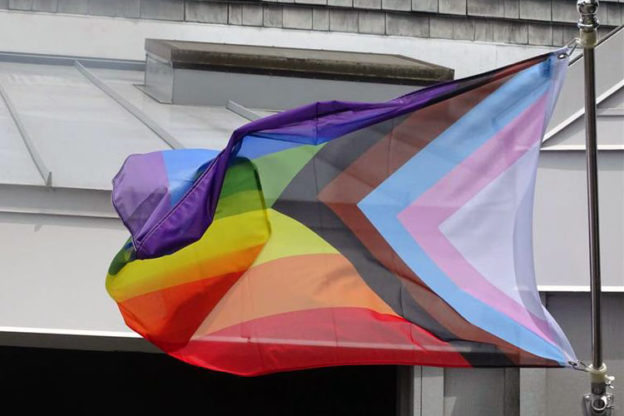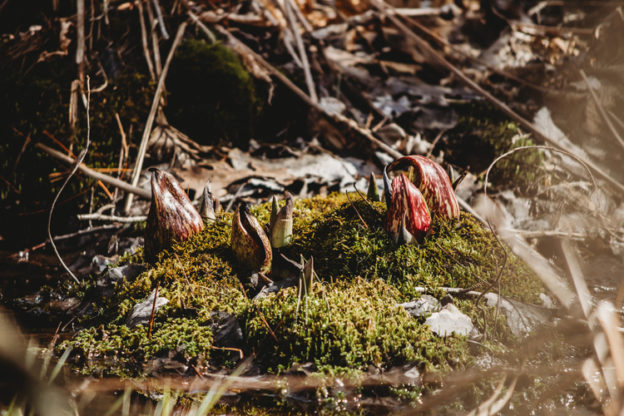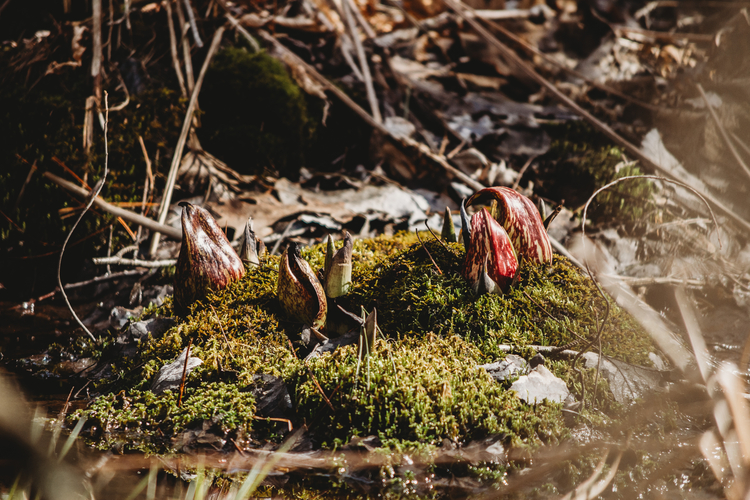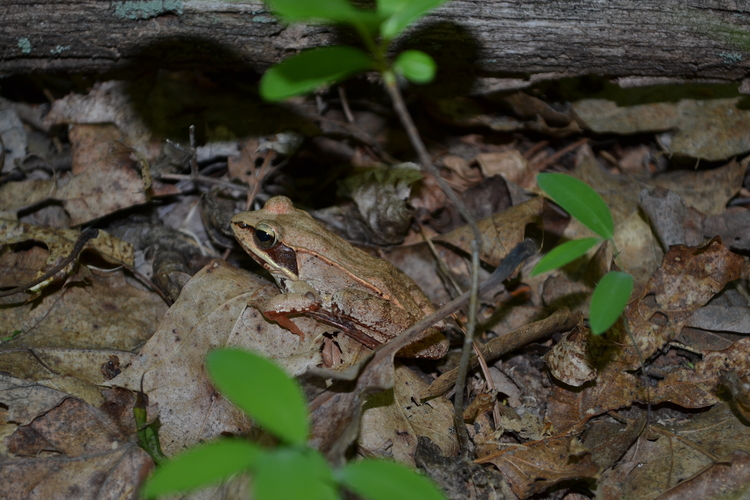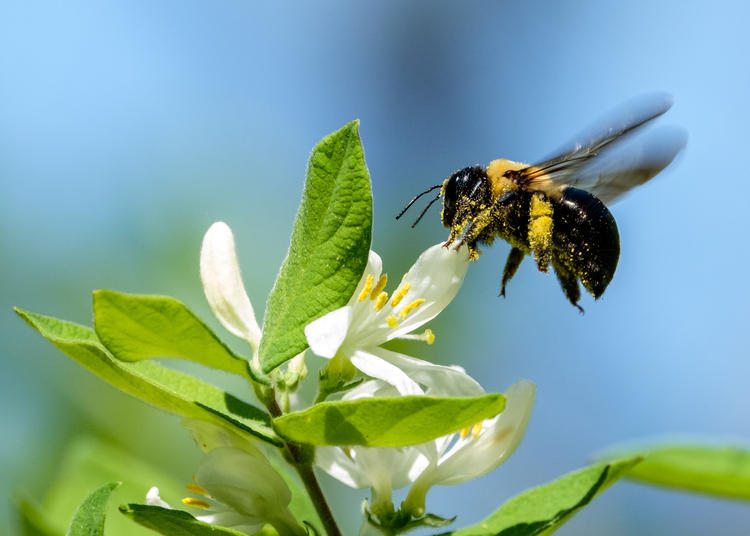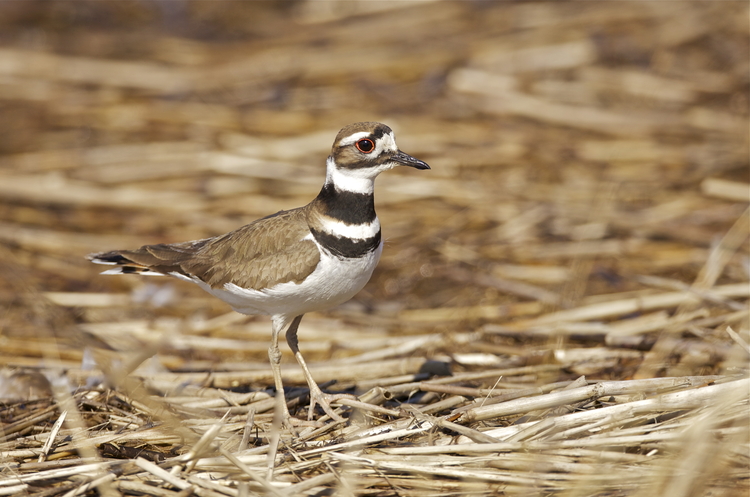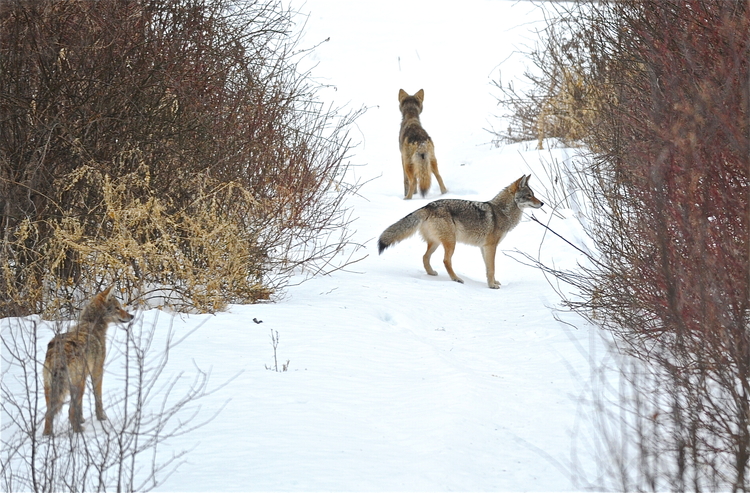For over four decades, the rainbow Pride flag has been a symbol of hope and support for the LGBTQIA+ community. Mass Audubon is flying a newer version of the flag, the Progress Pride flag, to celebrate Pride Month at our wildlife sanctuaries. Learn more about the flag, what it means to Mass Audubon, and more ways to celebrate Pride outdoors.
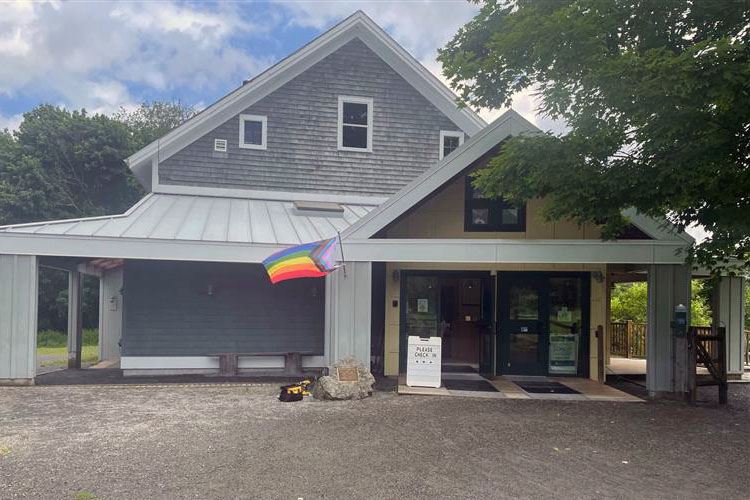
Get to Know the Flag
The original rainbow flag dates back to 1978, when it was first used in the San Francisco Gay Freedom Parade. It originally had eight colors (including pink and turquoise) but has since been trimmed down to six colors. Each stripe represents an important value: red is life, orange is healing, yellow is sunlight, blue is harmony, violet is spirit, and green is for nature.
While the Progress Pride flag, developed by designer Daniel Quasar in 2018, still contains the original colors of the rainbow flag on one half, it also features five new colors that make up a chevron on the other half. The colors in these additional stripes represent gender non-conforming and transgender people (light blue, light pink, and white), People of Color (brown and black), and those living with AIDS (black). The triangle shape suggests forward progress, reflecting how far we have come and where we hope to get to in the future.
Pride at Mass Audubon
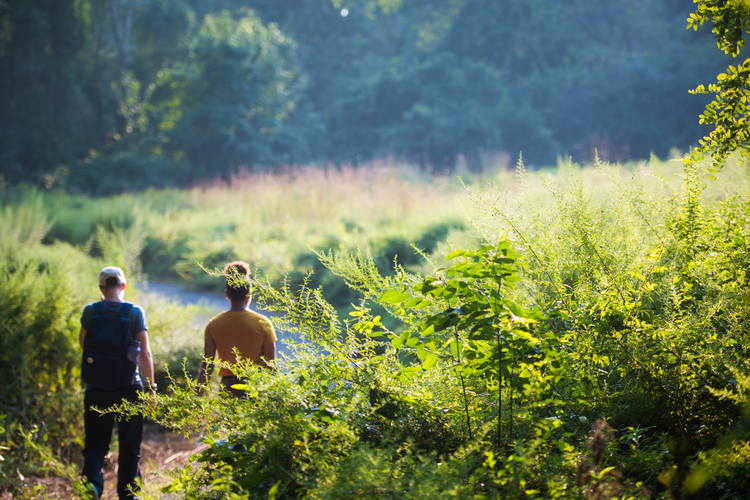
Nature is truly a place that welcomes everyone with open arms. No matter who you are or how you identify, the natural world offers an opportunity to find inner peace and love. The green stripe on the rainbow flag reminds us to do just that: seek out places that help us grow and prosper.
Mass Audubon is dedicated to creating inclusive, equitable access to nature for people of all backgrounds and identities and making our wildlife sanctuaries a place of safety and belonging. Flying the Progress Pride flag demonstrates that commitment and acknowledges that Mass Audubon is made up of people with a broad range of identities—those who work at our organization and those who visit and support our efforts every single day.
Throughout the month of June, Mass Audubon wildlife sanctuaries across the state are hosting Pride events for members of the LGBTQI2SA+ community. Relax at the Boston Nature Center in Mattapan for an LGBTQIA2S+ Afternoon, explore somewhere new at the Green is for Nature Pride Walk at Moose Hill Wildlife Sanctuary in Sharon, or join a Pride Month Game Night at Drumlin Farm in Lincoln. See all upcoming Pride events across our network of sanctuaries here.
Celebrating Across Massachusetts
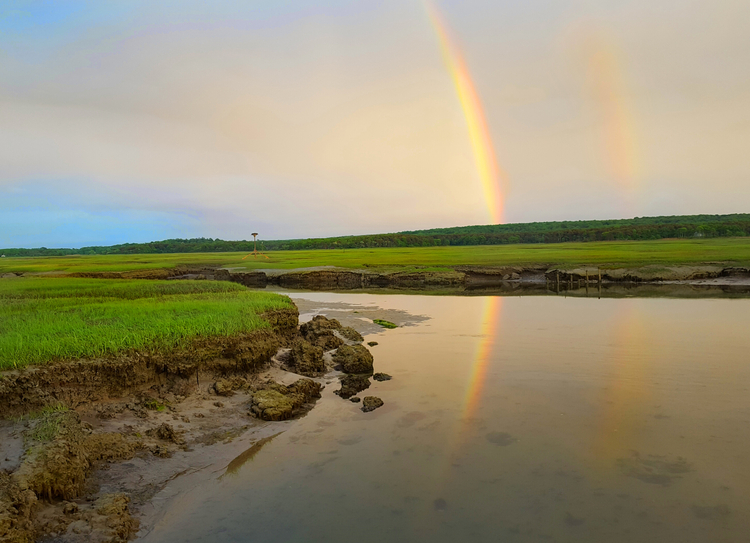
There are also plenty of other organizations hosting nature-based events for the LGBTQIA2S+ community during Pride Month.
Backpack through the wilderness with leaders from the Venture Out Project, or hike across New England with GayOutdoors. The Chiltern Mountain Club organizes outdoor activities for LGBTQI+ people, including canoeing, biking, camping, and more.
Share Your Pride
We hope you will spend time this Pride Month in nature. Tag us in all of your outdoor activities on Facebook, Instagram, and Twitter! We can’t wait to see how you explore nature and the color green.


